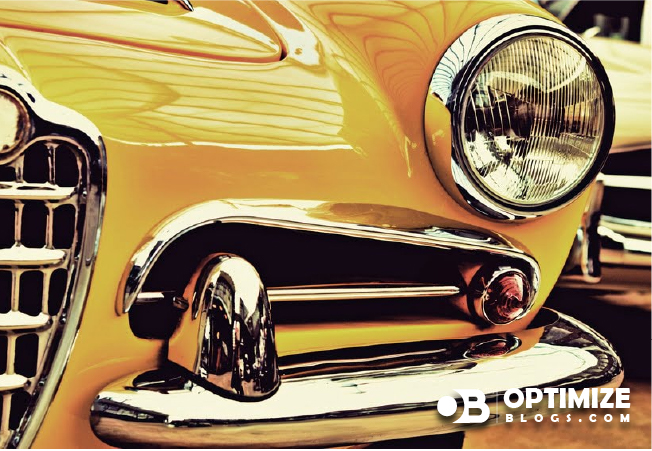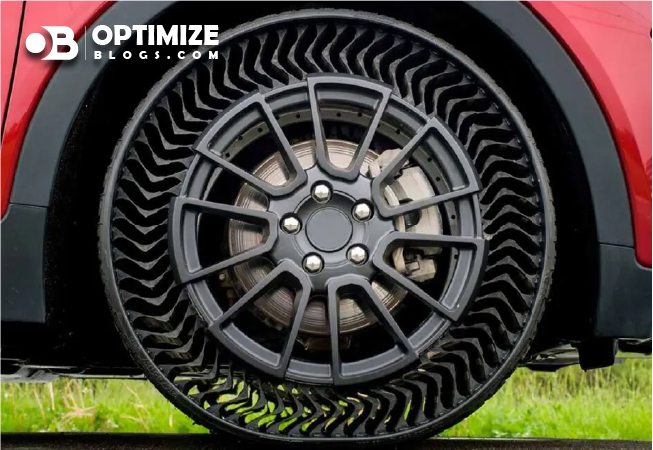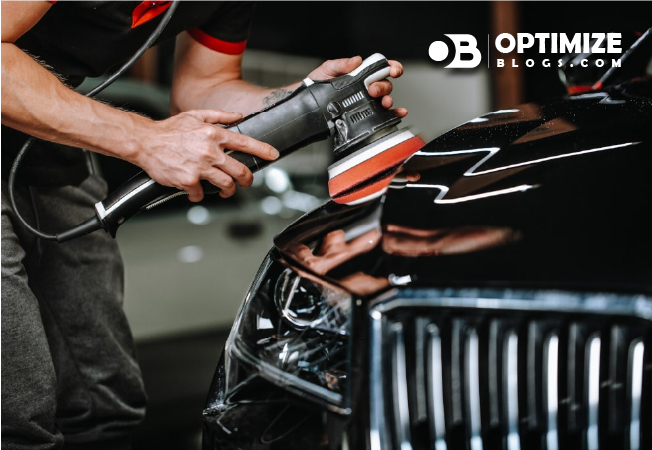
Classic car restoration is a captivating and rewarding hobby that allows enthusiasts to breathe new life into vintage automobiles, preserving history on wheels. Whether you're drawn to the elegance of a vintage Rolls-Royce or the raw power of a muscle car from the '60s, classic car restoration offers a unique opportunity to delve into the past, learn about automotive craftsmanship, and create a work of art that can be admired for generations. In this comprehensive blog post, we'll explore the world of classic car restoration, from its rich history to the steps involved in bringing these timeless treasures back to life.
A Glimpse into the History of Classic Car Restoration
The roots of classic car restoration can be traced back to the early 20th century when the automobile industry was in its infancy. As cars became more accessible and popular, a dedicated community of hobbyists and tinkerers emerged, drawn to the idea of breathing new life into old vehicles. Here are some key moments in the history of classic car restoration:
Emergence of Antique Automobile Clubs
In the 1930s and 1940s, the first antique automobile clubs began to form in the United States. These clubs played a crucial role in preserving vintage cars and sharing knowledge about restoration techniques.
Rise of Classic Car Shows
Classic car shows gained popularity in the mid-20th century, providing a platform for enthusiasts to display their restored vehicles and showcase their craftsmanship. These shows also became venues for exchanging restoration tips and sourcing rare parts.
Revival of Interest in Vintage Cars
The 1960s and 1970s saw a resurgence of interest in vintage and classic cars. As baby boomers grew older and had more disposable income, they sought to recapture the nostalgia of their youth by restoring the cars of their era.
The Internet Era
The advent of the internet in the late 20th century revolutionized classic car restoration. Enthusiasts gained access to vast online communities, forums, and resources for sourcing parts and sharing knowledge.
Why Restore Classic Cars?
Restoring classic cars is not just a hobby; it's a passion that offers numerous rewards:
Preserving Automotive History
Classic car restoration is a way to save a piece of automotive history from fading into obscurity. By restoring these vintage vehicles, enthusiasts ensure that the craftsmanship and design of a bygone era continue to be celebrated.
Learning and Skill Development
Restoration projects provide a valuable opportunity to learn about automotive mechanics, bodywork, painting, and upholstery. It's a hands-on education that can be both challenging and immensely satisfying.
Creating a Work of Art
Each restored classic car is a work of art, a testament to the dedication and craftsmanship of its restorer. The sense of accomplishment that comes from transforming a neglected vehicle into a showpiece is unparalleled.
Preserving Memories
For many, classic cars hold sentimental value. Restoring a car that once belonged to a family member or recreating a beloved childhood dream car can be a deeply emotional and fulfilling experience.
The Classic Car Restoration Process
Classic car restoration involves a series of meticulous steps, each requiring skill, patience, and attention to detail. Here's an overview of the restoration process:
Vehicle Acquisition
The journey begins with finding the right classic car. Enthusiasts often scour online listings, attend auctions, or search through classified ads to discover their dream project.
Assessment and Planning
Before any work begins, a thorough assessment of the car's condition is necessary. A detailed plan outlines which components need restoration and sets a budget and timeline for the project.
Disassembly
The car is carefully disassembled, and each part is cataloged and inspected. This step reveals the full extent of the restoration work required.
Bodywork and Painting
Body panels are repaired or replaced as needed, and the car undergoes extensive bodywork to correct dents, rust, and imperfections. A fresh coat of paint is applied, often with painstaking attention to color matching and finish.
Mechanical Restoration
The engine, transmission, suspension, and brakes are overhauled to ensure optimal performance and reliability. Worn-out components are replaced, and the drivetrain is meticulously tuned.
Interior Restoration
The interior is refurbished with new upholstery, carpeting, and trim. Dashboard components and gauges are restored to their original condition.
Final Assembly
All restored components are reassembled to create the finished classic car. This stage requires patience and precision to ensure that everything fits and functions as intended.
Testing and Fine-Tuning
The restored car undergoes rigorous testing and fine-tuning to address any issues and ensure that it runs smoothly and safely.
Detailing and Final Touches
The final stage involves detailing the car to perfection. This includes cleaning, waxing, and polishing to achieve that showroom-quality shine.
Conclusion: A Timeless Pursuit
Classic car restoration is a captivating and enduring hobby that allows enthusiasts to blend artistry with mechanics while preserving the history of the automobile. Each restored classic car is a testament to the dedication and passion of its restorer, embodying the spirit of a bygone era on the open road. Whether you're drawn to the graceful lines of a vintage sports car or the rugged charm of a classic truck, classic car restoration offers a timeless pursuit that continues to captivate generations of automotive enthusiasts. It's a hobby with history, where the past meets the present, and the result is a rolling work of art that will stand the test of time.





